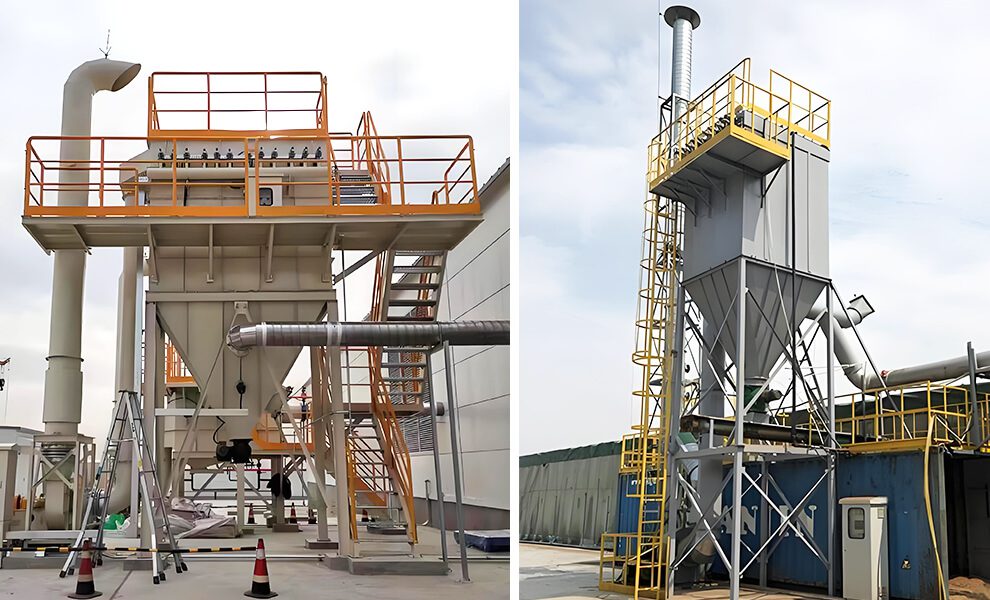In many industrial environments, dust management is essential to ensure safety and productivity. This is especially true when handling flammable and explosive dust. ATEX dust collector is specially designed to meet this demand. This paper discusses its working principle, main characteristics, application and factors to be considered in selection.
What is an ATEX Dust Collector?
The ATEX dust collector is designed in accordance with the European ATEX directive, which applies to equipment and protective systems used in potentially explosive atmospheres. This directive ensures the safety and reliability of equipment used in such environments. ATEX dust collector can effectively remove dust in the air and reduce the risk of explosion and fire.
Working Principle
The ATEX dust collector operates through several key steps:
- Air inlet: dusty air enters the dust remover through the air inlet.
- Filtration: the air passes through a high-efficiency filter to collect dust particles, and the clean air is discharged from the air outlet.
- Dust removal: the system regularly or automatically removes the dust on the filter to maintain efficient operation.
- Safe discharge: the treated clean air is safely discharged, meeting the environmental protection standards.
Main Features
- Explosion proof design: the structure and materials of ATEX dust remover are specially designed to prevent flame and pressure propagation in case of dust explosion.
- High efficiency filtration system: with high efficiency filter, it can capture fine particles and ensure low emission.
- Automatic dust removal: many models include automatic dust removal systems to reduce manual maintenance and improve production efficiency.
- Modular design: flexible modular design enables it to meet various industrial needs.
Applications of ATEX baghouses
Darko‘s ATEX baghouses are widely used in several industries, including:
- Chemical industry: dealing with dust generated by flammable chemicals.
- Pharmaceutical industry: ensure safe dust management in the production process.
- Food processing: they control dust in food production to maintain hygiene and safety.
- Carpenters: they manage sawdust and other wood related dust.
Comparison with Other None-ATEX Dust Collectors
When choosing a dust collector, other types are available, such as baghouse dust collectors and electrostatic precipitators.
- Baghouse Dust Collectors: These typically handle most industrial dust and offer good filtration efficiency but may lack explosion-proof features, making them suitable for non-flammable dust.
- Electrostatic Precipitators: These use electrostatic principles to capture dust. They are suitable for specific applications but may not be safe for flammable or explosive dust.
In contrast, the ATEX dust collector is specifically designed for handling flammable and explosive dust, providing higher safety and reliability in high-risk environments.

Factors to Consider When Choosing an ATEX Dust Collector
When selecting ATEX dust collector, please consider the following factors:
1. dust characteristics: know the type, particle size and explosiveness of the dust to be treated.
2. working environment: evaluate the environmental conditions of equipment operation, including temperature and humidity.
3. processing capacity: select the model according to the required processing capacity and airflow.
4. maintenance requirements: select equipment that is easy to clean and maintain to reduce operating costs.
Conclusion
ATEX dust collector plays an important role in the management of flammable and explosive dust. Its efficient design and filtration system can improve safety and ensure compliance with environmental standards. Understanding the characteristics and application of ATEX dust remover will help enterprises improve production efficiency and meet safety standards.
If you need more information or have any questions, please feel free to contact us. We are happy to provide you with professional advice and solutions.

